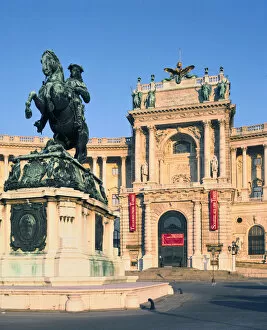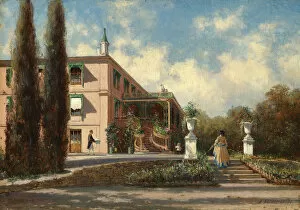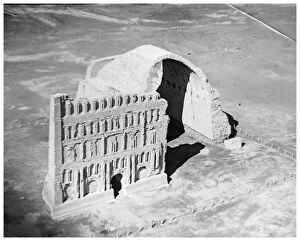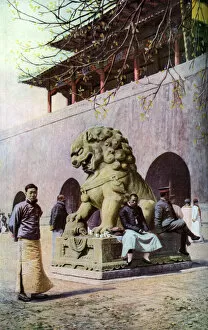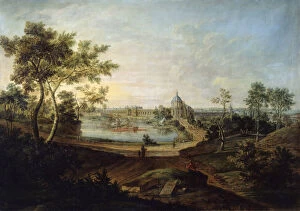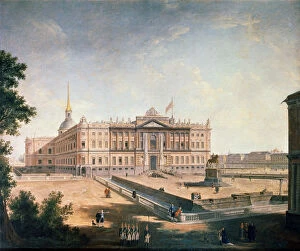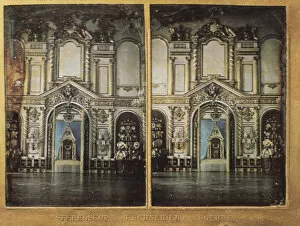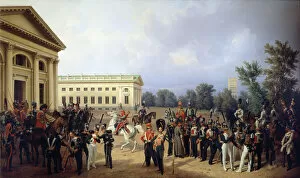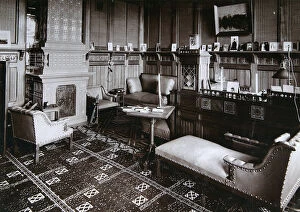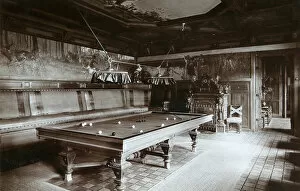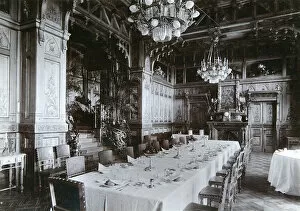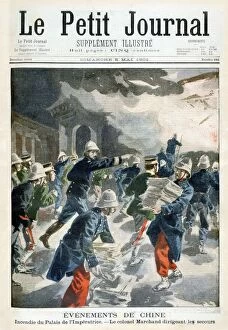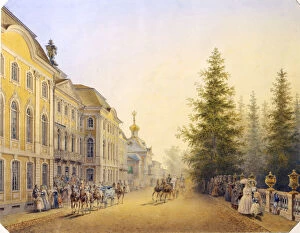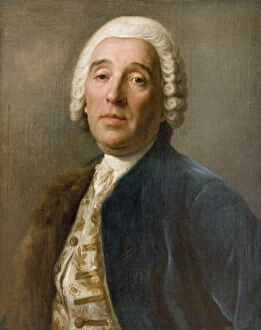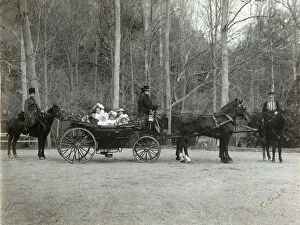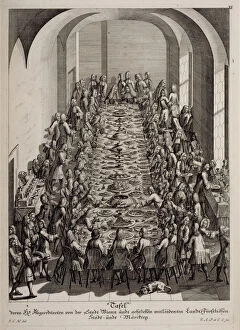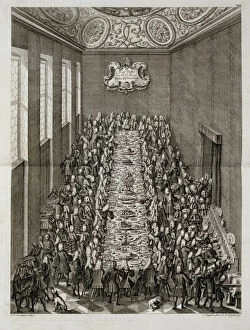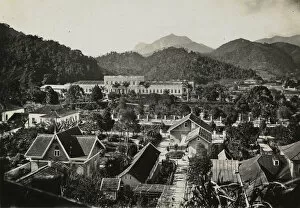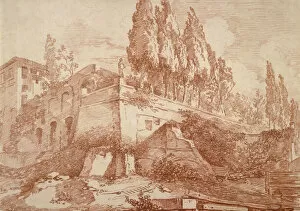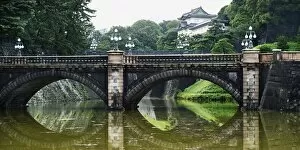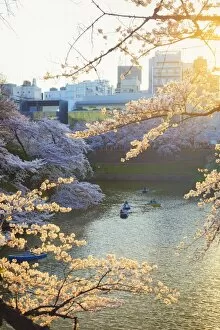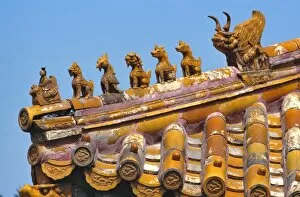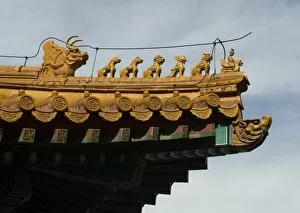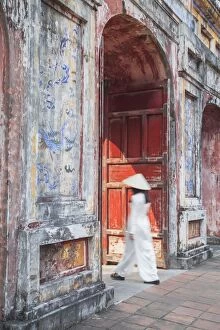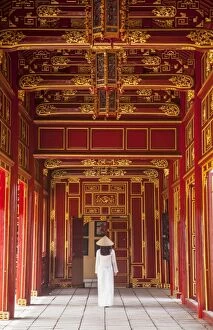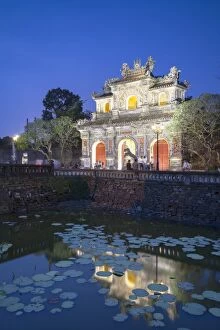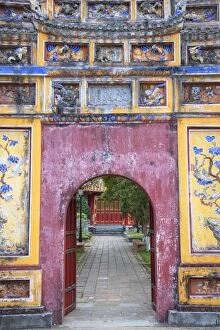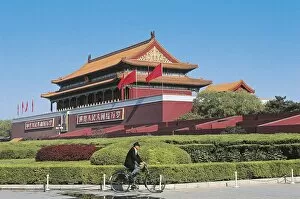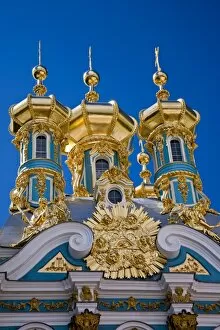Imperial Palace Collection (page 4)
The Imperial Palace, located in the Citadel of Hue, Thua Thien-Hue province, Vietnam
For sale as Licensed Images
Choose your image, Select your licence and Download the media
The Imperial Palace, located in the Citadel of Hue, Thua Thien-Hue province, Vietnam, is a mesmerizing sight that showcases the rich history and cultural heritage of Indochina. This UNESCO World Heritage Site stands as a testament to the grandeur and opulence of ancient Vietnamese dynasties. In Beijing, China lies another magnificent structure known as the Forbidden City or Imperial Palace. Recognized by UNESCO for its historical significance, this architectural marvel takes visitors on a journey through time. The Gate of Heavenly Peace welcomes all who enter this majestic complex. Traveling eastward to Tokyo, Japan unveils yet another Imperial Palace surrounded by breathtaking scenery. As the sun sets over the moat surrounding the palace grounds, it creates an enchanting ambiance that captivates every visitor's heart. Springtime in Tokyo brings forth vibrant cherry blossoms near Chidorigafuchi Park and the Imperial Palace. These delicate pink petals create a picturesque setting against the backdrop of Japan's imperial residence. Sakuradamon Gate stands proudly at one entrance to Tokyo's Imperial Palace while skyscrapers in Marunouchi district tower nearby. This unique blend of traditional architecture and modern cityscape showcases Japan's harmonious coexistence between past and present. As dawn breaks over Tokyo, rays of sunlight illuminate both Marunouchi's towering skyscrapers and lush gardens within the Imperial Palace grounds. This juxtaposition symbolizes Japan's ability to seamlessly merge nature with urban development. The beauty continues within the walls of Tokyo's Imperial Palace itself – an oasis amidst bustling city life. Its serene atmosphere offers respite from daily routines while providing glimpses into centuries-old traditions preserved within its hallowed halls. Surrounded by a tranquil moat, this iconic landmark reflects not only its own magnificence but also mirrors Japan’s rich history and enduring legacy as an imperial power throughout generations.

